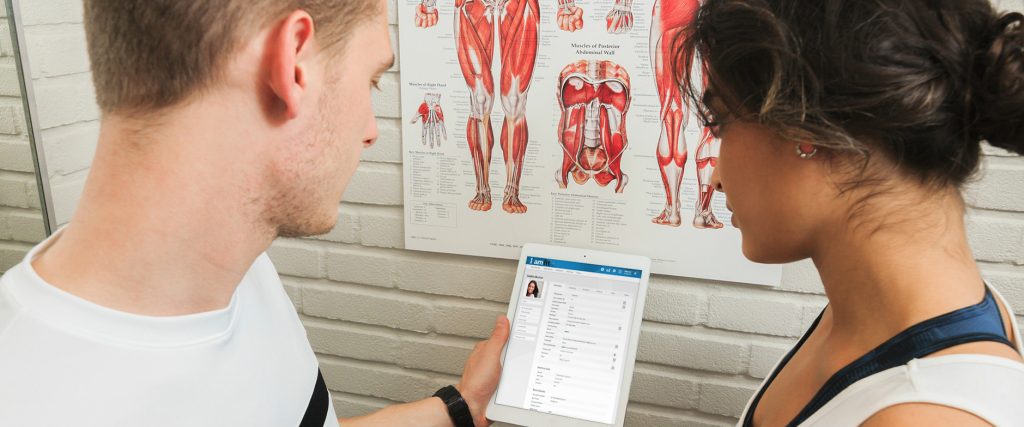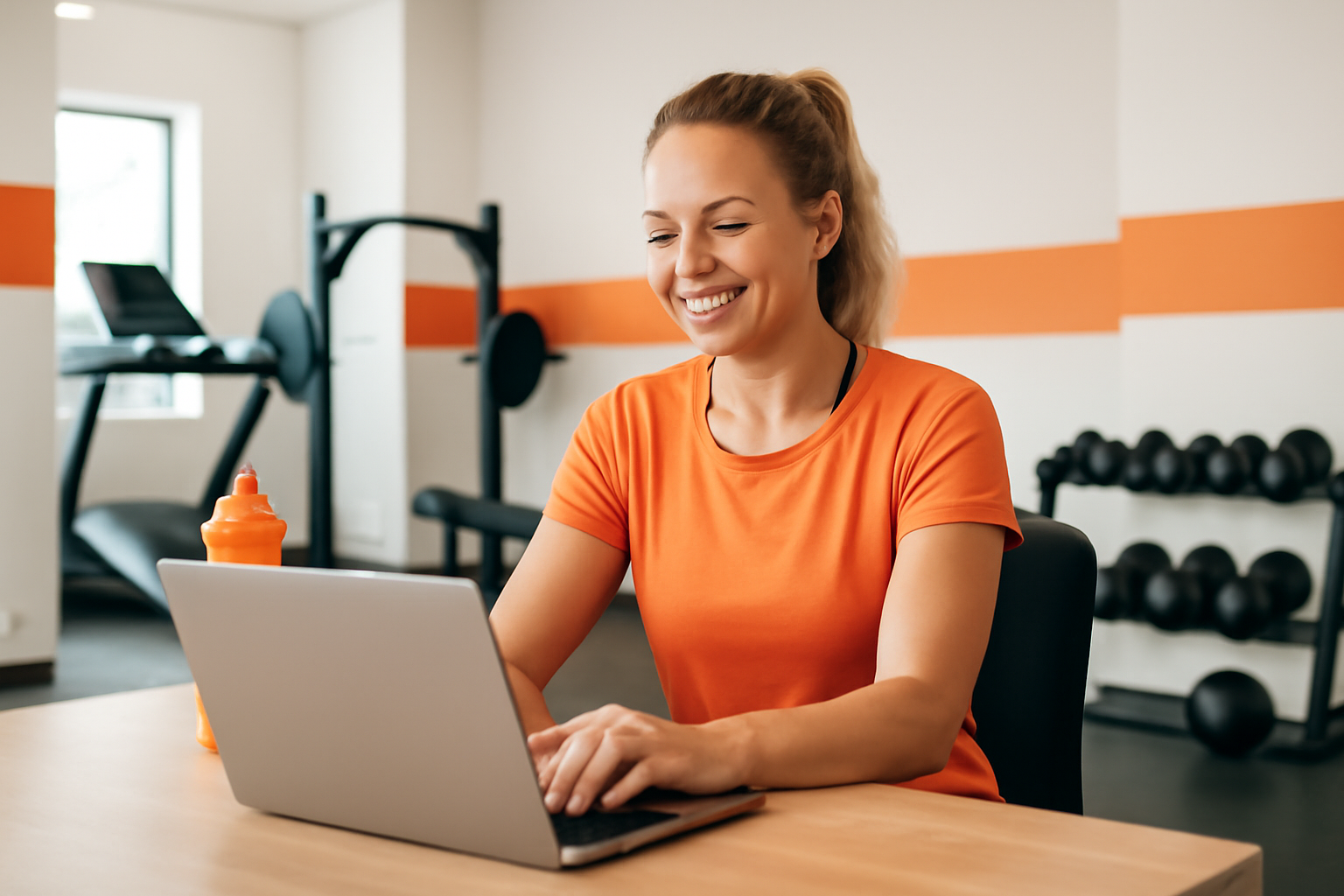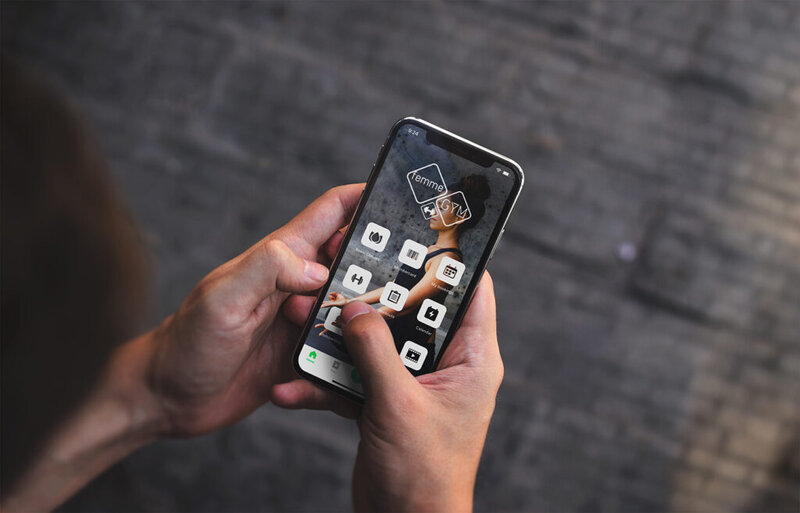As a personal trainer, it’s obvious that our number one priority is improving a client’s health and well-being, one step at a time. It’s no secret that consultants understand the value of healthy living, maintaining fitness levels, and the important role fitness can play in a person’s quality of life. After all, personal trainers have read countless journals and saw firsthand how body mass indexes, heart disease, obesity, and more affect people on a daily basis. However, while a client is striving to tone abs, increase flexibility, and tighten those glutes, trainers may be overlooking one major health crisis facing your clientele: anxiety.
Anxiety has earned the dubious distinction of being the number one mental disorder . It’s almost a guarantee in life that at some point, each one of us will encounter stress or difficult times that activate feelings of anxiety. It can be as simple as a child heading off to college or something as complex as a serious health diagnosis that can trigger it. And it happens quite frequently. So much so, that it affects close to 40 million people. So for personal trainers, it should be no surprise that many clients may be suffering from these feelings and the physical effects that go hand in hand with anxiety.
Anxiety and Fitness: Increasing Awareness
You already understand the benefits that physical fitness provides, but it’s important to know that there is a variety of research proving regular exercise can be as effective as medications when it comes to treating anxiety. This is great news because consultants can naturally harness endorphins and breathing techniques to help clientele alleviate this common health problem by simply including a few calming moves into weekly routines. As an added benefit, increasing a person’s activity levels will strengthen their bodies and increase the chances for a better night’s sleep which is a vital part of defeating anxiety and improving mental health.
This is pretty impressive because many people assume that medication is the only answer. However, there is a strong body of evidence linking inactivity and the development of anxiety disorders. Many experts contribute this to underutilized energy evolving into a physical and mental tension pile up in our bodies. In addition, there are strong correlations between increased cortisol, stress hormones, and a lack of inactivity. Exercise has repeatedly been shown to zap cortisol levels, allowing our bodies to return to normal balanced levels. If clients remain inactive, their bodies will start misfiring, causing anxiety to skyrocket.
Unfortunately, when this occurs, anxiety turns into much more than just a blue mood. Anxiety disorders can physically impact a person’s health. Whether it’s an increase in aches, pains, or stomach ailments, it can manifest in some surprising ways. One unique way anxiety wreaks havoc is how it greatly reduces our immune system’s ability to function, making it more likely that anxiety sufferers will experience illness, disease, and physical roadblocks to health. Personal trainers need to remind clients that physical activity traditionally helps regulate immune and hormone balances.
By effectively implementing anxiety management business practices and a client’s fitness regime, you can improve engagement with customers and boost the retention of services as people notice the benefits exercise has on mood. In the long run, addressing anxiety can even help you save time and reduce costs for clients. Personal trainers can look for ways to help bridge the gym with home, by utilizing mobile apps to allow communication with trainees at any given moment instead of relying on a weekly session to touch base in regards to anxiety management.
Key Exercises That Can Help Relieve Anxiety
Thankfully, this common health problem can be treated or reduced with a variety of exercises that are geared to naturally reduce anxiety through repetitive breathing and movements. Listed below are some great ways you can help clients use activity to reduce the symptoms:
Cycling. Take advantage of this activity to reduce joint impact while allowing a rider much needed mental reprieve. Riding a bicycle doesn’t require concentrated mental effort and the repetitive pedaling allows for movement while releasing antidepressants .
Swimming. Swimming laps and strokes allow for the perfect combination of rhythmic motions and steady breaths to allow swimmers a unique opportunity to relax.
Yoga. This exercise has long been touted for helping people reduce stress. Clients of all levels can benefit from stretching and breathing to help learn how to focus and calm their anxiety levels. So consider teaching yoga moves that can be done in the home and gym for maximum benefit.
Dancing. Dancing is a great way to include cardio in a session, but people who are experiencing anxiety can find relief when this exercise is included as part of their therapy. Dancing provides opportunities for self-expression and channels inner joy.
Walking. This activity naturally allows our bodies to release neurons that soothe feelings of anxiety. Encourage participants to get outside or walking laps, for added relief suggest listening to upbeat music or a captivating audiobook.
Sign Up For Our Weekly Newsletter





